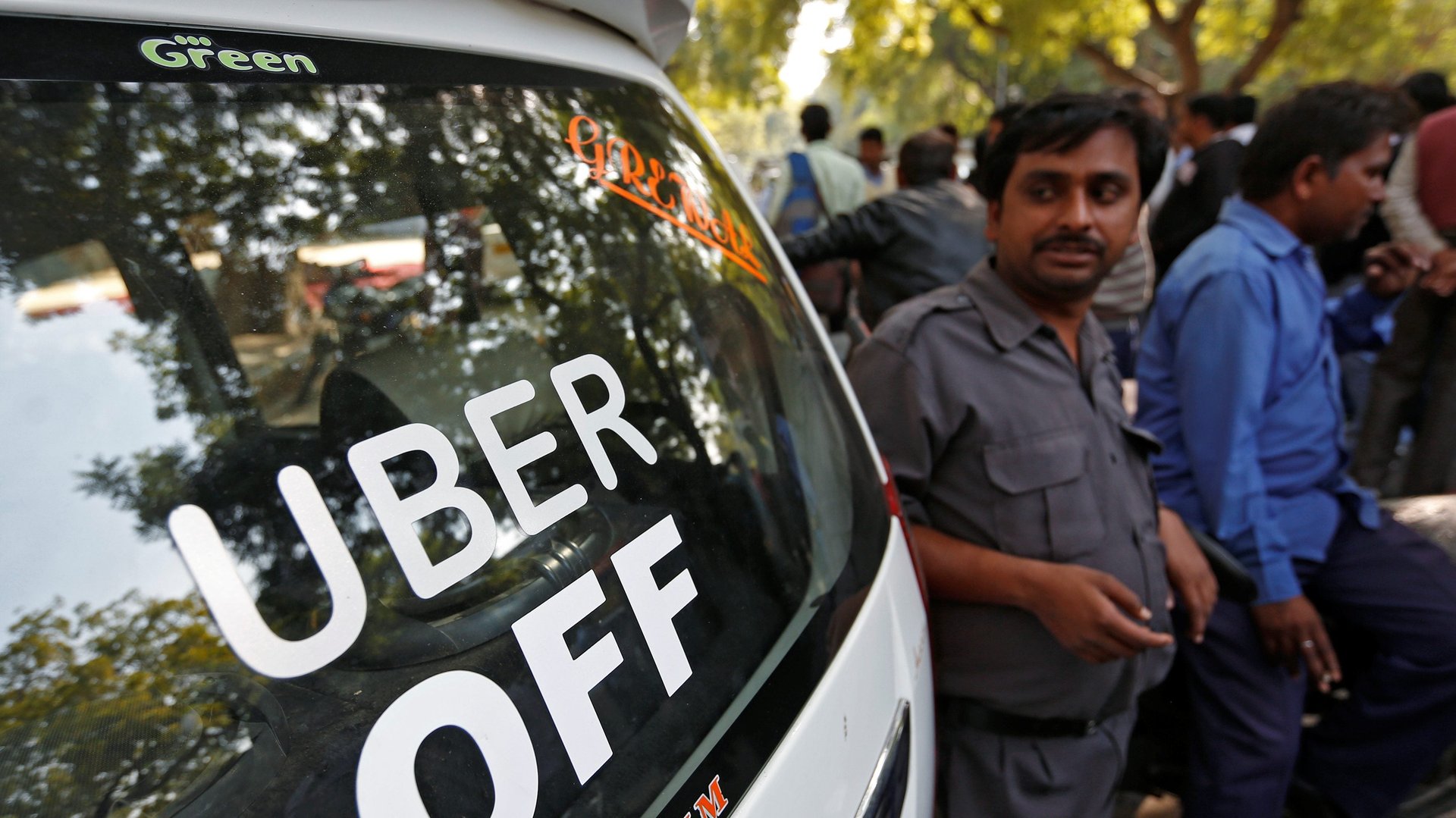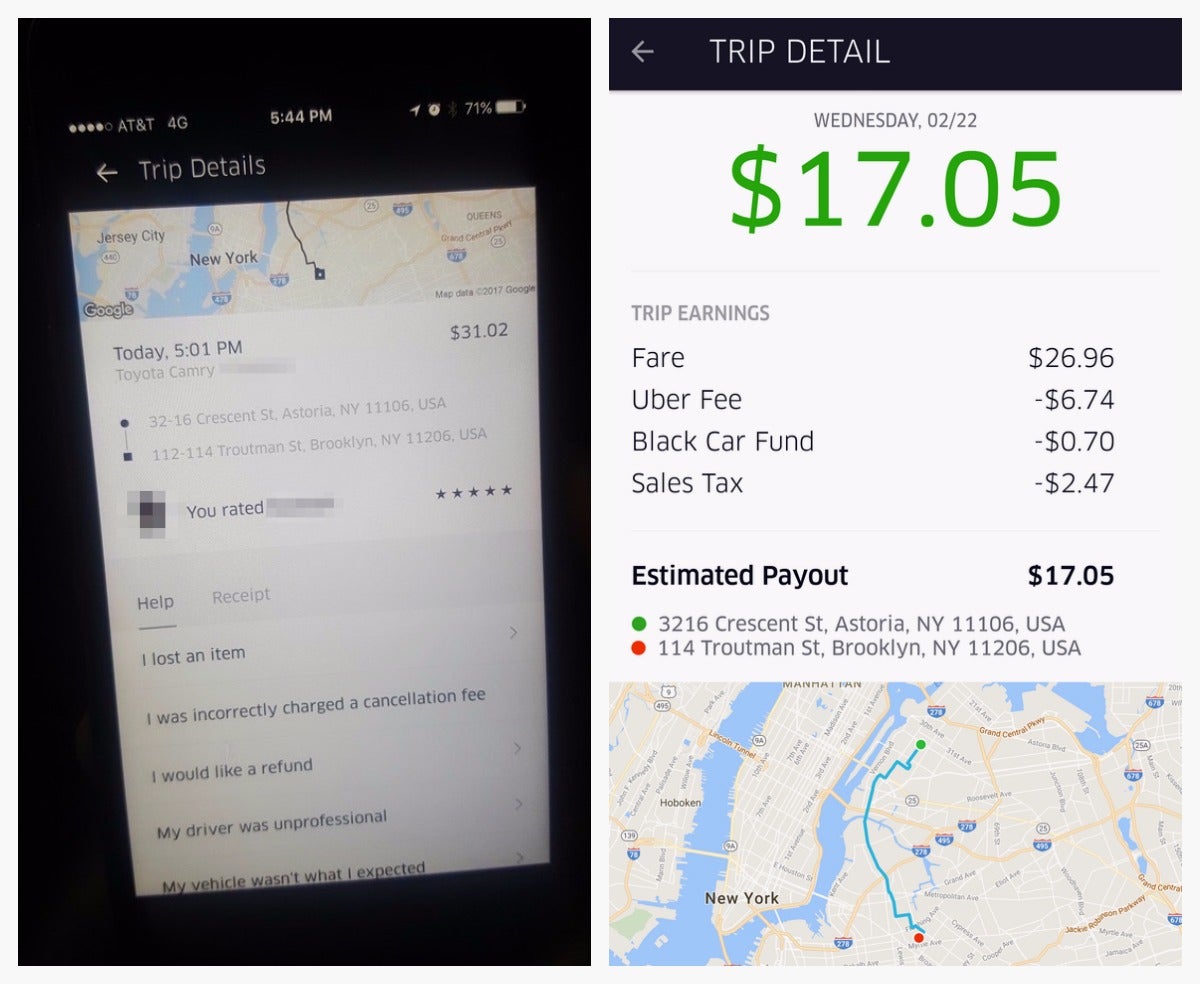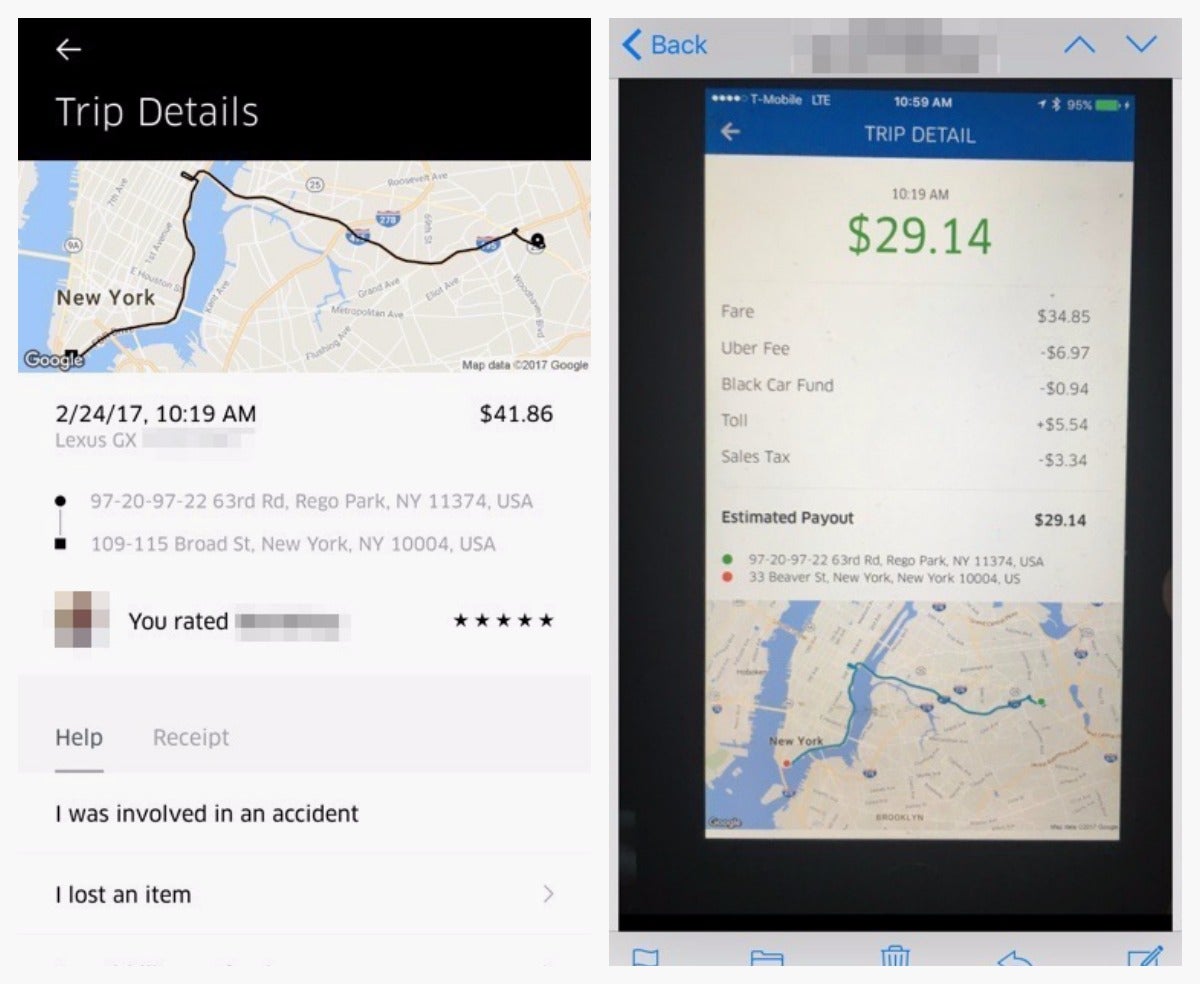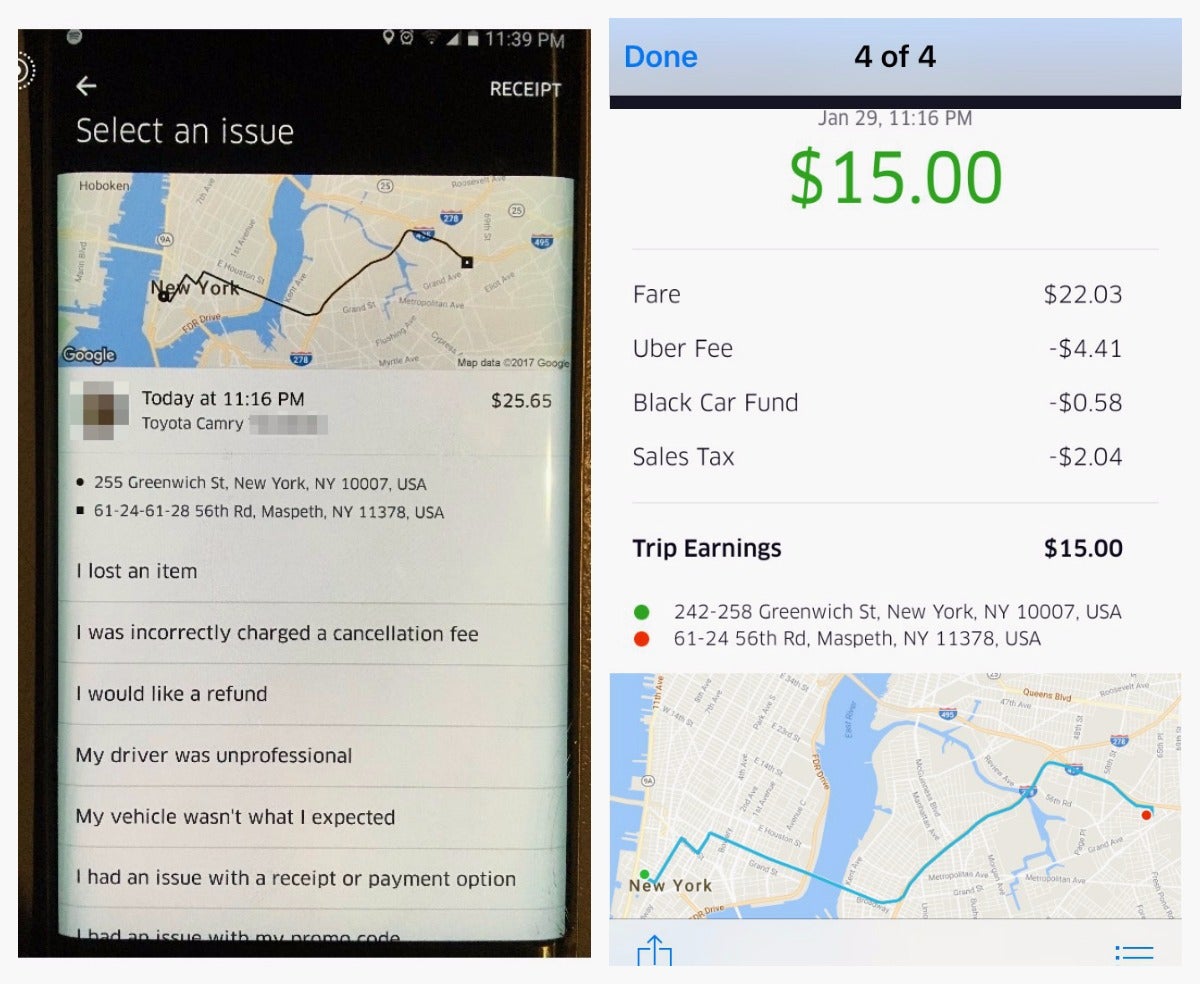Uber drivers are using this trick to make sure the company doesn’t underpay them
Drivers have found a loophole in Uber’s fare calculations.


Drivers have found a loophole in Uber’s fare calculations.
Uber charges riders at the time of booking by guessing what a trip will cost. But it calculates driver pay based on actual miles and minutes. This system is called “upfront” pricing and it can lead to major disparities between what a rider pays and a driver earns. Sometimes a rider pays less than the metered rate and Uber eats the loss. Other times the rider pays more and Uber pockets the difference.
Riders tend not to notice these variations in fares (they’d have to see the driver’s pay stub to catch it, anyway). But drivers have paid closer attention, especially since their earnings are sometimes calculated out of a price below what the customer paid. They’ve also figured out a trick to get Uber to cough up more money when that happens.
“Before I start my trip, I usually go into the app for the rider and see how much it would be to go from where I picked them up to where I’m going to drop them off,” Jose Molina, an Uber driver in New York City, told me last week. Then he takes a screenshot. ”Once it’s done, I’ll check on my app to see how much they paid me, to see if there’s a difference,” he said.
I spoke to Molina on April 6 at a hearing on for-hire driver earnings convened by the Taxi and Limousine Commission (TLC), the local taxi authority. The hearing began at 10am and over the next six hours 82 people testified. Uber’s varied fare prices for riders and drivers came up multiple times. One driver claimed Uber paid him $59, including $20 for tolls, for a trip from the airport that cost his passenger $127. TLC chairwoman Meera Joshi asked him and several others to speak with a commission staff member after they testified.
Molina told me his Uber fares are usually a dollar or two less than what the rider pays, but have been off by as much as $45. If he notes a discrepancy, Molina said he writes to Uber with his “proof”—the screenshot of the fare estimate on the rider app. “Then all of a sudden they’ll send [money] back to me,” he said. I asked how often he takes these screenshots. “All the time,” he said, “especially when you’re doing long distance.” A driver standing next to him nodded in agreement.

Over many trips, Uber says upfront pricing is designed to break even. The company argues that drivers aren’t underpaid when their fare falls below what a rider paid because the metered rate is separate from the rider estimate. Uber also notes that a driver’s fare can exceed the price paid by a passenger, particularly in UberPool trips with only one rider, what Uber calls an “unmatched” trip. Uber says its commission is about 25% of the driver fare, and it calculates sales tax on what the rider pays.
Drivers remain suspicious. Uber attracted tens of thousands of drivers in New York by promising a better gig than driving for a cab company. It then touted false claims about earnings, cut wages (while insisting lower rates would benefit drivers), undermined organizing efforts, and refused to facilitate tipping. Many drivers no longer believe Uber is any better to work for than the taxi companies. When Uber pays them from a lower fare than it charged the rider, even if the variance evens out in the long run, they’re hardly willing to give the company the benefit of the doubt.
The Independent Drivers Guild, a non-union group that represents Uber and other app-based drivers in New York City, has encouraged drivers to compare their fare with their passenger’s in Uber and other ride-hailing services. The guild now tells its members to send their observations directly to the TLC. “We were getting so many complaints constantly that as a staff we couldn’t handle all of them,” executive director Ryan Price said. He provided Quartz with several rider-driver receipt comparisons that the guild has collected.


Uber told Quartz it’s not company policy to refund a driver like Molina, who writes in about fare discrepancies. But that’s not what drivers in New York have experienced. “When a driver sees that they’ve been underpaid and complains, they always get their money back,” Price said. “I don’t know what to make of that, but it happens constantly.”